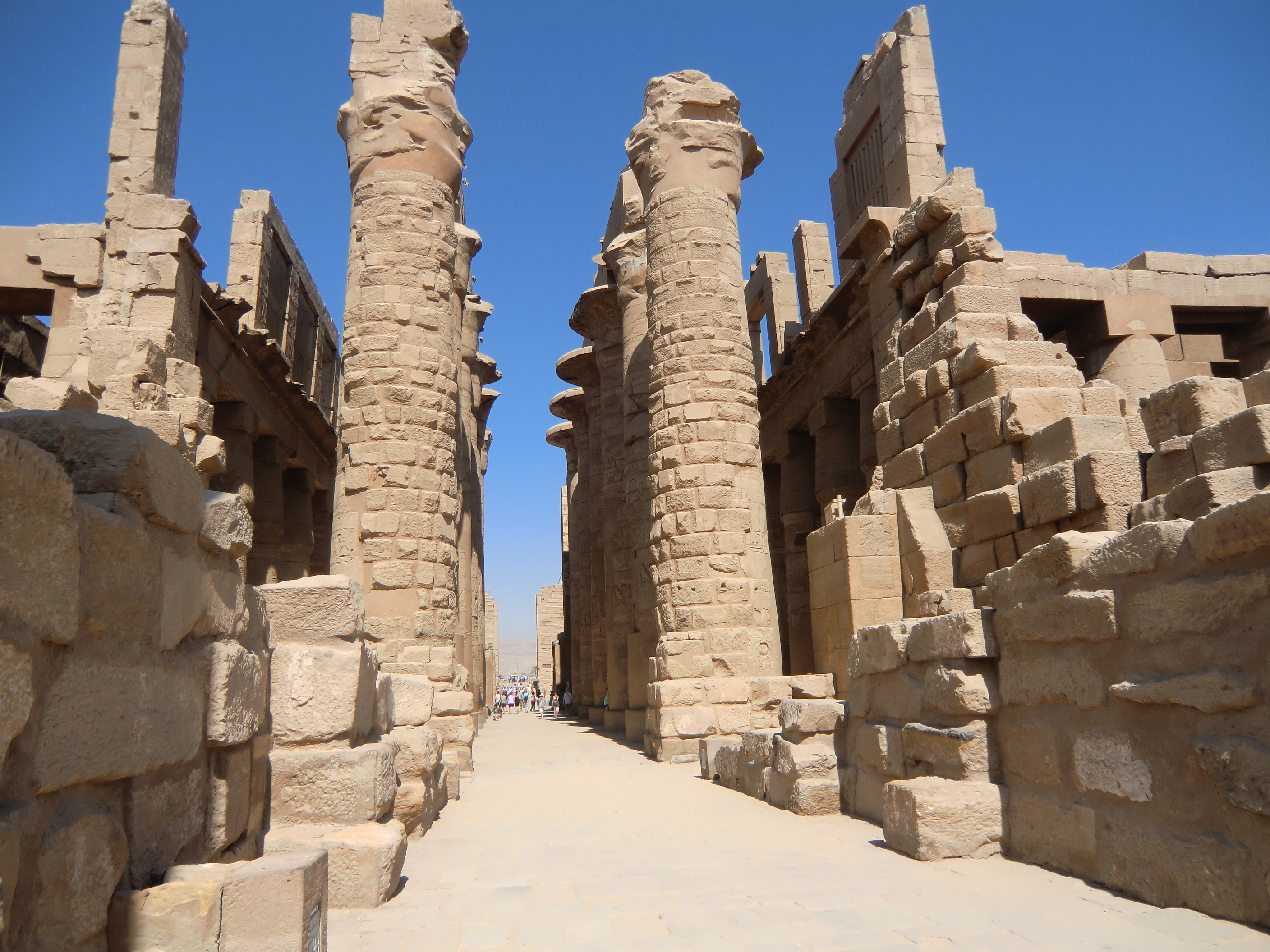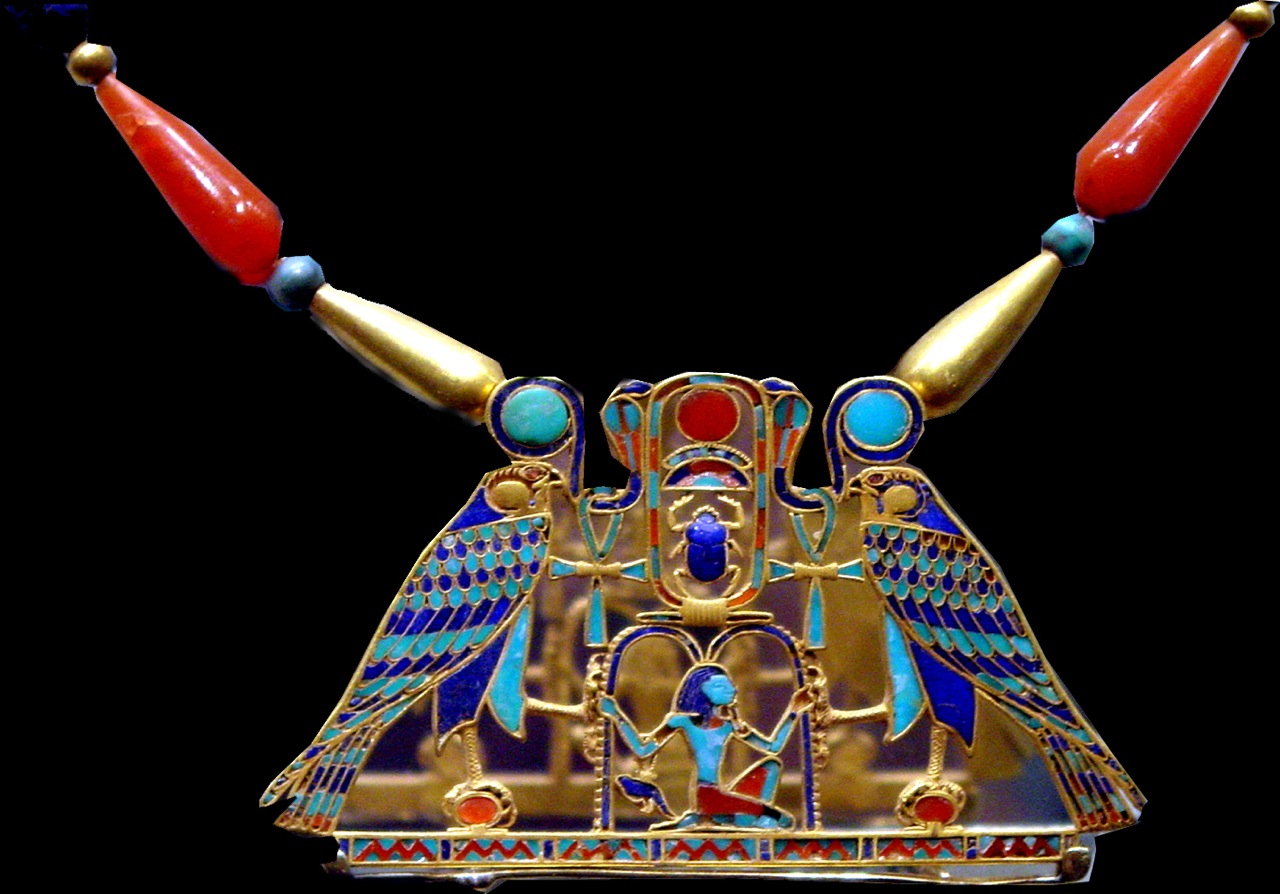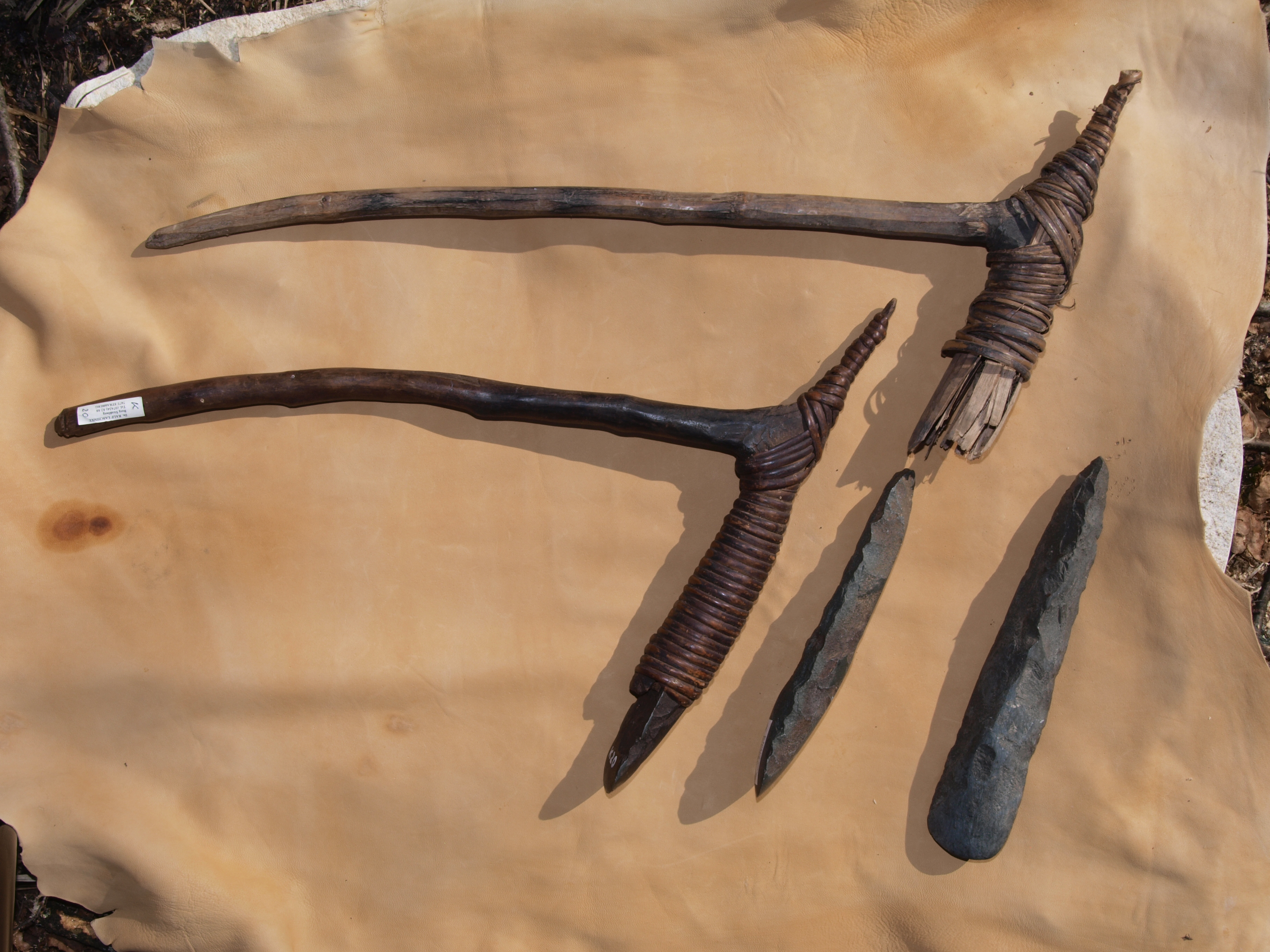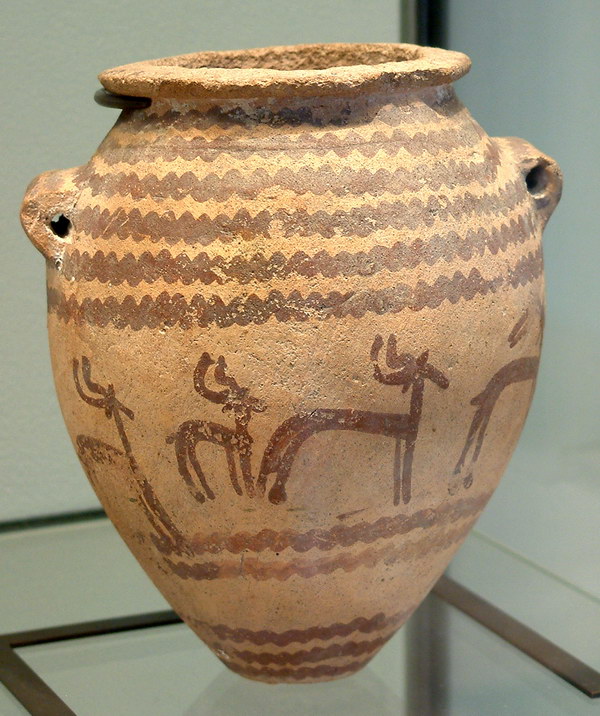|
Adze-on-block (hieroglyph)
The ancient Egyptian Adze on a Wood Block, or ''Axe in a Block of Wood'' hieroglyph, Gardiner's Sign List, Gardiner sign listed no. U20, is a portrayal of the adze. It is used mostly in the cartouches of pharaonic names especially, or other important names. The ''adze on block'' has the Egyptian language value of ''stp'' and is the verb ''"choose"''. It is used as a determinative in 'stp', "cut into pieces", and as an ideogramBetrò, 1995, p. 229. for 'stp', "choose", "choice". The adze tool sign, Gardiner nos. U18 and U19, U19, U20, portray just the adze, (or ''hand-axe''). Cartouche usage: ''"chosen of"'' The most common usage of this hieroglyph is for a descriptor with the names in the pharaonic cartouche. An example for Ramesses II, shows his prenomen as: ''UserMaatRe SetepeNRe'', and is approximately: ''Maat's Power of Ra, (the) Chosen of Ra.'' (i.e. ''Maat's Powerful and Chosen (one) of Ra'') See also *Gardiner's Sign List#U. Agriculture, Crafts, and Professions *List ... [...More Info...] [...Related Items...] OR: [Wikipedia] [Google] [Baidu] |
Ramses II
Ramesses II (sometimes written Ramses or Rameses) (; , , ; ), commonly known as Ramesses the Great, was an Pharaoh, Egyptian pharaoh. He was the third ruler of the Nineteenth Dynasty of Egypt, Nineteenth Dynasty. Along with Thutmose III of the Eighteenth Dynasty of Egypt, Eighteenth Dynasty, he is often regarded as the greatest, most celebrated, and most powerful pharaoh of the New Kingdom of Egypt, New Kingdom, which itself was the most powerful period of ancient Egypt. He is also widely considered one of ancient Egypt's most successful warrior pharaohs, conducting no fewer than 15 military campaigns, all resulting in victories, excluding the Battle of Kadesh, generally considered a stalemate. In Ancient Greek literature, ancient Greek sources, he is called Ozymandias, derived from the first part of his Egyptian-language regnal name: . Ramesses was also referred to as the "Great Ancestor" by successor pharaohs and the Egyptian people. For the early part of his reign, he focu ... [...More Info...] [...Related Items...] OR: [Wikipedia] [Google] [Baidu] |
Osorkon I
Sekhemkheperre Osorkon I was an ancient Egyptian pharaoh of the 22nd Dynasty. Osorkon's territory included much of the Levant. The Osorkon Bust found at Byblos is one of the five Byblian royal inscriptions. Biography According to the stela of Pasenhor, Osorkon I was the son of Shoshenq I and his chief consort Karomama A, and the second king of ancient Egypt's 22nd Dynasty who ruled around 922 BC – 887 BC. He succeeded his father Shoshenq I, who probably died within a year of his successful 923 BC campaign against the Philistines and the kingdom of Kingdom of Israel (Samaria), Israel. Osorkon I's reign is known for many temple building projects and was a long and prosperous period of Egypt's history. His highest known date is a "Year 33" date found on the bandage of Nakhtefmut's mummy, which held a menat-tab necklace inscribed with Osorkon I's Nomen (Ancient Egypt), nomen and Prenomen (Ancient Egypt), prenomen: ''Osorkon Sekhemkheperre''. This date can only belong to Osorkon I s ... [...More Info...] [...Related Items...] OR: [Wikipedia] [Google] [Baidu] |
Bill Manley
Bill(s) may refer to: Common meanings * Banknote, paper cash (especially in the United States) * Bill (law), a proposed law put before a legislature * Invoice, commercial document issued by a seller to a buyer * Bill, a bird or animal's beak Places * Bill, Wyoming, an unincorporated community, United States People and fictional characters * Bill (given name), a list of people and fictional characters * Bill (surname) * Bill (footballer, born 1953), Brazilian football forward Oswaldo Faria * Bill (footballer, born 1978), Togolese football forward Alessandro Faria * Bill (footballer, born 1984), Brazilian football forward Rosimar Amâncio * Bill (footballer, born 1999), Brazilian forward Fabricio Rodrigues da Silva Ferreira Arts, media, and entertainment Characters * Bill, the villain of the ''Kill Bill'' films * Bill, one of the protagonists of the ''Bill & Ted'' films * A lizard in Lewis Carroll's ''Alice's Adventures in Wonderland'' * A locomotive in ''The Railway Series'' ... [...More Info...] [...Related Items...] OR: [Wikipedia] [Google] [Baidu] |
Mark Collier (Egyptologist)
Mark H. Collier (died February 7, 2022) was an American religious scholar and academic administrator who served as the seventh president of Baldwin-Wallace College in Berea, Ohio, from 1999 to 2006. Life and career Collier served as minister of the North Olmsted United Methodist Church in North Olmsted, Ohio. He began his career with Baldwin-Wallace College in 1974 as college chaplain and professor of religion. He was appointed associate dean of academics and director of the college's Mission Action Project. In 1981, Collier became dean of the college upon Neal Malicky Neal Malicky (September 14, 1934 – November 22, 2024) was an American academic administrator served as the sixth president of Baldwin-Wallace College (now Baldwin Wallace University) in Berea, Ohio from 1981 to 1999. Malicky was succeeded by Mark ...'s elevation to college president. Collier was appointed president of Baldwin-Wallace in 1999, following Malicky's retirement. During his presidency Collier oversaw ... [...More Info...] [...Related Items...] OR: [Wikipedia] [Google] [Baidu] |
How To Read Egyptian Hieroglyphs
''How to Read Egyptian Hieroglyphs'' is a primer on understanding Egyptian hieroglyphs. The text was written by Mark Collier (Egyptologist) and Bill Manley around 1998. The standard version of analytic Egyptian hieroglyphs is based upon the 26 categories of the Gardiner's Sign List (about 700 signs), still the basic standard. According to WorldCat, the book is widely known and is held in 1062 libraries.http://www.worldcat.org/title/how-to-read-egyptian-hieroglyphs-a-step-by-step-guide-to-teach-yourself/oclc/39188707&referer=brief_results ''How to Read Egyptian Hieroglyphs'' uses a simple approach with just six categories: * Signs depicting people or parts of the human body * Signs depicting creatures or parts of their bodies * Signs depicting sky, earth, water or plants * Other small signs * Other tall signs * Other broad signs With the older styles and outlines of hieroglyphs being redone and rethought by modern Egyptologists, new approaches to books on the Egyptian languag ... [...More Info...] [...Related Items...] OR: [Wikipedia] [Google] [Baidu] |
The Writings Of Ancient Egypt
''The'' is a grammatical article in English, denoting nouns that are already or about to be mentioned, under discussion, implied or otherwise presumed familiar to listeners, readers, or speakers. It is the definite article in English. ''The'' is the most frequently used word in the English language; studies and analyses of texts have found it to account for seven percent of all printed English-language words. It is derived from gendered articles in Old English which combined in Middle English and now has a single form used with nouns of any gender. The word can be used with both singular and plural nouns, and with a noun that starts with any letter. This is different from many other languages, which have different forms of the definite article for different genders or numbers. Pronunciation In most dialects, "the" is pronounced as (with the voiced dental fricative followed by a schwa) when followed by a consonant sound, and as (homophone of the archaic pronoun ''thee'' ... [...More Info...] [...Related Items...] OR: [Wikipedia] [Google] [Baidu] |
Karnak
The Karnak Temple Complex, commonly known as Karnak (), comprises a vast mix of temples, pylons, chapels, and other buildings near Luxor, Egypt. Construction at the complex began during the reign of Senusret I (reigned 1971–1926 BC) in the Middle Kingdom () and continued into the Ptolemaic Kingdom (305–30 BC), although most of the extant buildings date from the New Kingdom. The area around Karnak was the ancient Egyptian ''Ipet-isut'' ("The Most Selected of Places") and the main place of worship of the 18th Dynastic Theban Triad, with the god Amun as its head. It is part of the monumental city of Thebes, and in 1979 it was added to the UNESCO World Heritage List along with the rest of the city. Karnak gets its name from the nearby, and partly surrounded, modern village of El-Karnak, north of Luxor. Name The original name of the temple was ''Ipet-isut'', meaning "The Most Select of Places". The complex's modern name "Karnak" comes from the nearby village of el-Karnak ... [...More Info...] [...Related Items...] OR: [Wikipedia] [Google] [Baidu] |
Ramesses IX
Neferkare Setepenre Ramesses IX (also written Ramses) (originally named Amon-her-khepshef Khaemwaset) (ruled 1129–1111 BC) was the eighth pharaoh of the Twentieth Dynasty of Egypt. He was the third longest serving king of this Dynasty after Ramesses III and Ramesses XI. He is now believed to have assumed the throne on I Akhet day 21 based on evidence presented by Jürgen von Beckerath in a 1984 GM article. According to the latest archaeological information, Ramesses IX died in Regnal Year 19 I Peret day 27 of his reign. Therefore, he enjoyed a reign of 18 years, 4 months and 6 days. His throne name, Neferkare Setepenre, means "Beautiful Is The Soul of Re, Chosen of Re." Ramesses IX is believed to be the son of Mentuherkhepeshef, a son of Ramesses III, since Mentuherkhopshef's wife, the lady Takhat bears the prominent title of King's Mother on the walls of tomb KV10, which she usurped and reused in the late 20th Dynasty; no other 20th Dynasty king is known to have had a mo ... [...More Info...] [...Related Items...] OR: [Wikipedia] [Google] [Baidu] |
Basket (hieroglyph)
The total number of distinct Egyptian hieroglyphs increased over time from several hundred in the Middle Kingdom to several thousand during the Ptolemaic Kingdom. In 1928/1929 Alan Gardiner published an overview of hieroglyphs, Gardiner's sign list, the basic modern standard. It describes 763 signs in 26 categories (A–Z, roughly). Georg Möller compiled more extensive lists, organized by historical epoch (published posthumously in 1927 and 1936). In Unicode, the block ''Egyptian Hieroglyphs'' (2009) includes 1071 signs, organization based on Gardiner's list. As of 2016, there is a proposal by Michael Everson to extend the Unicode standard to comprise Möller's list. Subsets Notable subsets of hieroglyphs: * Determinatives * Uniliteral signs * Biliteral signs * Triliteral signs * Egyptian numerals Letter classification by Gardiner List of hieroglyphs See also *Egyptian hieroglyphs *Transliteration of Ancient Egyptian * Gardiner's sign list *List of cuneiform sig ... [...More Info...] [...Related Items...] OR: [Wikipedia] [Google] [Baidu] |
Pectoral (Ancient Egypt)
The pectorals of ancient Egypt were a form of jewelry, often in the form of a brooch. They are often also amulets, and may be so described. They were mostly worn by richer people and the pharaoh. One type is attached with a ''nah'' necklace, suspended from the neck and lying on the breast. Statuary from the Old Kingdom onwards shows this form. A later form was attached as a brooch, with the thematic, iconographic function and statement outweighing its actual use as a piece of jewellery for adornment. The thematic statements were typically about the pharaoh or statements of ancient Egyptian mythology and culture. They are usually of gold with cloisonné inlays of gemstones. Pectoral varies in size, from a simple motif suspended from the sternum to the size of a breastplate. It is made of precious metal, fabric, bone, or any other material. Bijou (jewellery) This object appears from ancient times, in ancient Egypt as well as among the Hebrews. It is also found in many civiliz ... [...More Info...] [...Related Items...] OR: [Wikipedia] [Google] [Baidu] |
Adze
An adze () or adz is an ancient and versatile cutting tool similar to an axe but with the cutting edge perpendicular to the handle rather than parallel. Adzes have been used since the Stone Age. They are used for smoothing or carving wood in hand woodworking, and as a Hoe (tool), hoe for agriculture and horticulture. Two basic forms of an adze are the hand adze (short hoe)—a short-handled tool swung with one hand—and the foot adze (hoe)—a long-handled tool capable of powerful swings using both hands, the cutting edge usually striking at foot or shin level. A similar tool is called a mattock, which differs by having two blades, one perpendicular to the handle and one parallel. History Africa The adze is depicted in ancient Egyptian art from the Old Kingdom onward. Originally the adze blades were made of stone, but already in the Predynastic Egypt, Predynastic Period copper adzes had all but replaced those made of flint. Stone blades were fastened to the handle by tying ... [...More Info...] [...Related Items...] OR: [Wikipedia] [Google] [Baidu] |
Ancient Egypt
Ancient Egypt () was a cradle of civilization concentrated along the lower reaches of the Nile River in Northeast Africa. It emerged from prehistoric Egypt around 3150BC (according to conventional Egyptian chronology), when Upper and Lower Egypt were amalgamated by Menes, who is believed by the majority of List of Egyptologists, Egyptologists to have been the same person as Narmer. The history of ancient Egypt unfolded as a series of stable kingdoms interspersed by the "Periodization of ancient Egypt, Intermediate Periods" of relative instability. These stable kingdoms existed in one of three periods: the Old Kingdom of Egypt, Old Kingdom of the Early Bronze Age; the Middle Kingdom of Egypt, Middle Kingdom of the Middle Bronze Age; or the New Kingdom of Egypt, New Kingdom of the Late Bronze Age. The pinnacle of ancient Egyptian power was achieved during the New Kingdom, which extended its rule to much of Nubia and a considerable portion of the Levant. After this period, Egypt ... [...More Info...] [...Related Items...] OR: [Wikipedia] [Google] [Baidu] |






